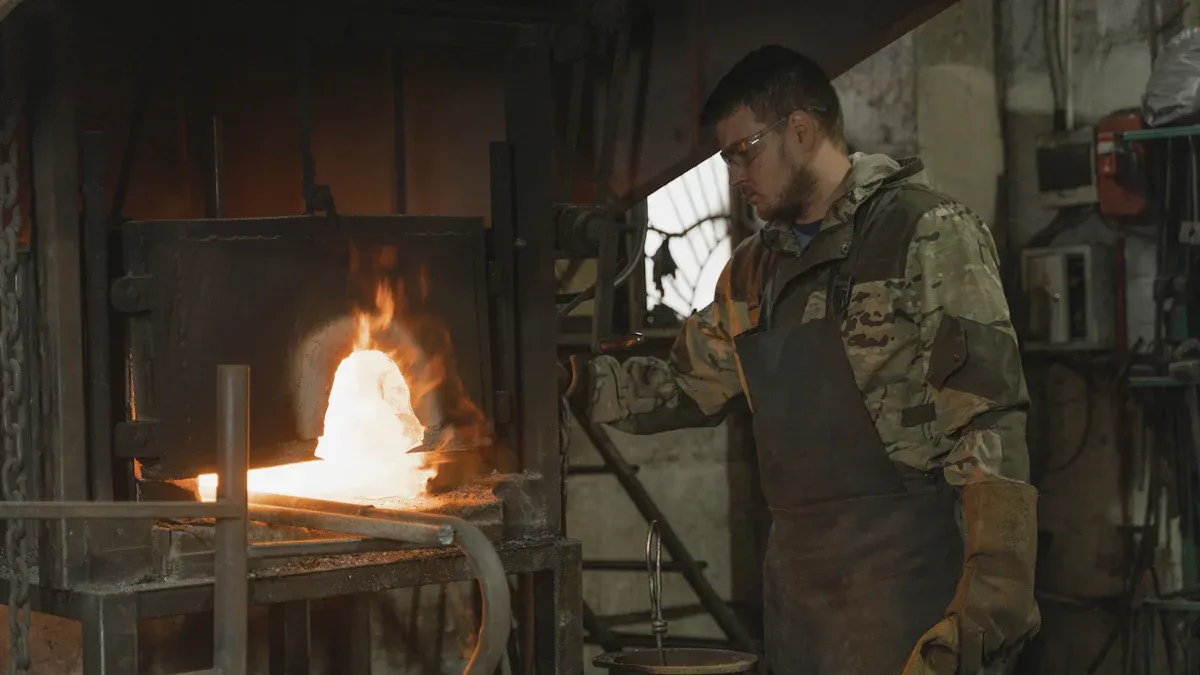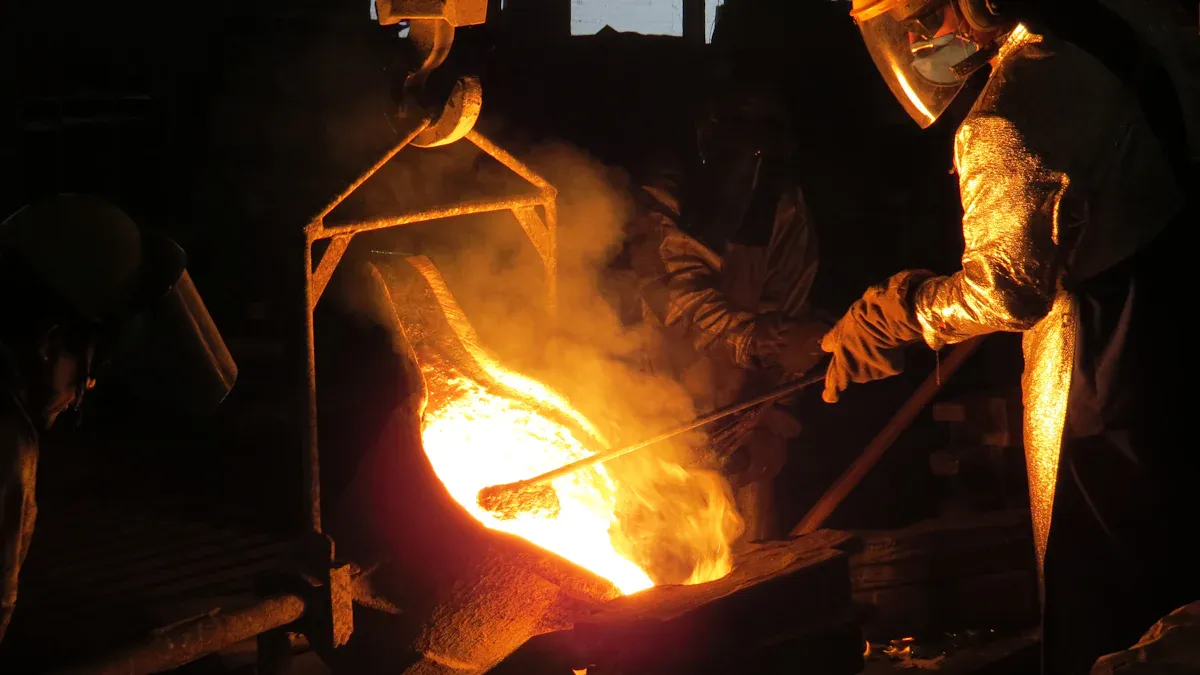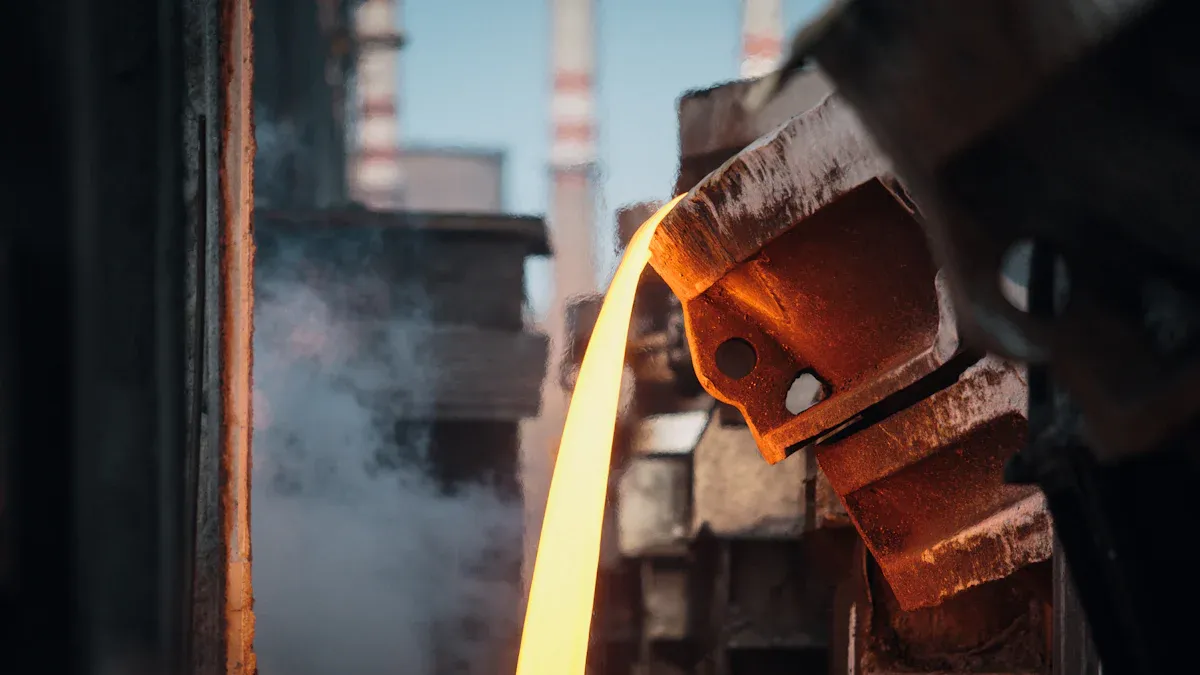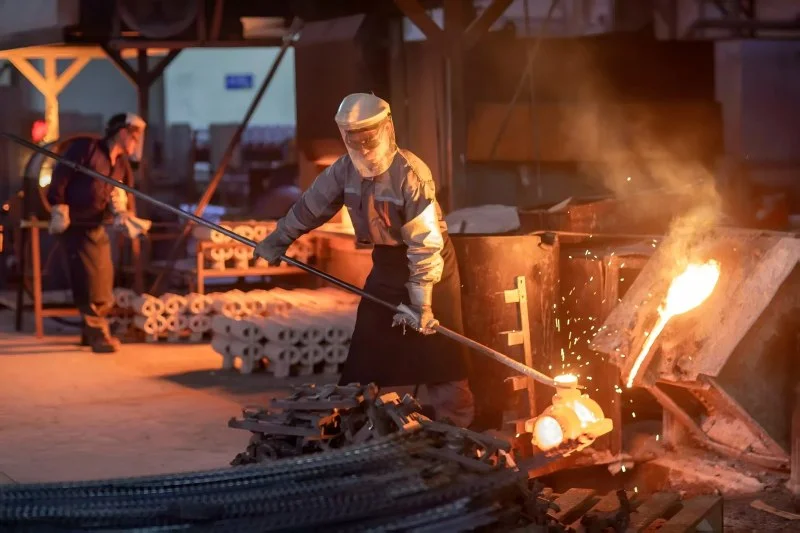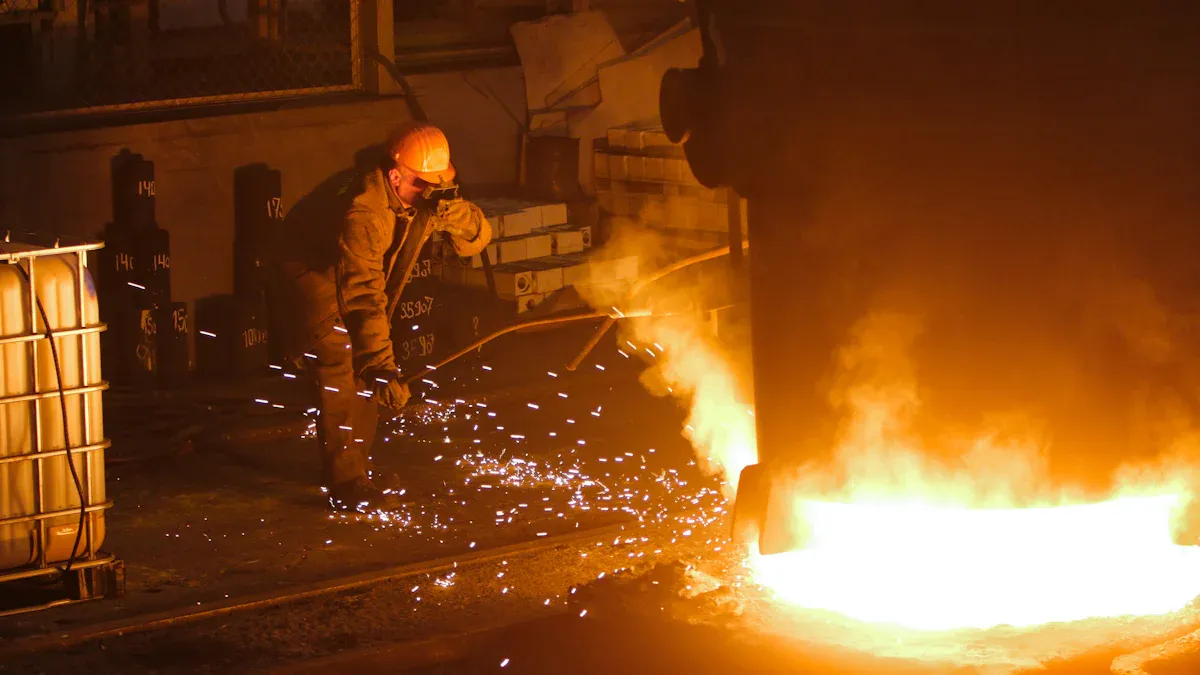
Yes, lost foam casting often costs more than other ways. This is because materials cost more, the process is harder, and the tools are advanced. KEMING uses new technology and skilled workers. They make automotive castings, marine castings, railroad castings, and agricultural castings very carefully. The table below shows how lost foam casting and investment casting compare in cost:
Cost Factor | Lost Foam Casting | Investment Casting |
|---|---|---|
Material Costs | Lower due to minimal waste | Higher due to expensive materials |
Tooling and Setup Costs | Lower due to simpler patterns | Higher due to complex molds |
Labor and Processing Costs | Less labor-intensive, lower costs | More labor-intensive, higher costs |
Key Takeaways
Lost foam casting costs more at first because of pricey materials and special steps, but it can help save money later by cutting down on waste and work.
This way of casting lets people make tricky shapes with great accuracy, so it works well for car and plane companies that need detailed parts.
Lost foam casting can mean less need for extra cutting, since the parts come out smooth and exact, which saves time and money on finishing.
Companies can spend less by using polystyrene patterns and ceramic molds, which help stop mistakes and make production faster.
Working with experts like KEMING can make lost foam casting better, giving helpful advice and new tools that improve quality and save money.
Why Lost Foam Casting Costs More
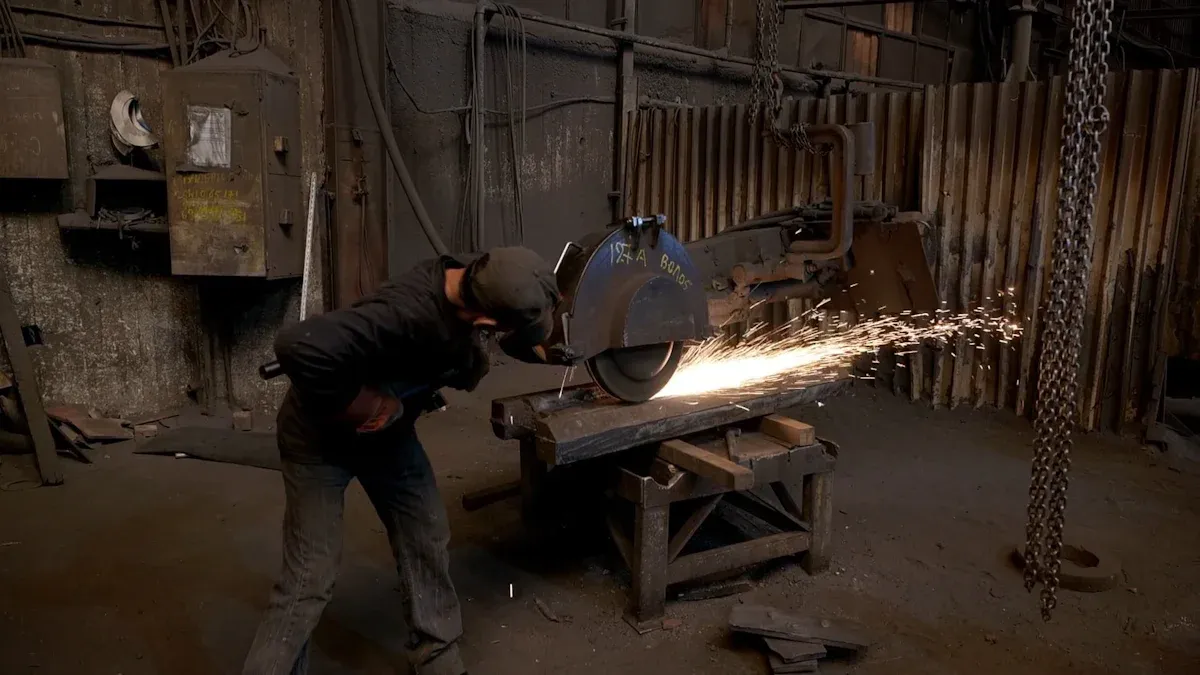
Material and Pattern Expenses
Lost Foam Casting uses foam patterns and coatings. These materials cost more than others. Foam patterns can cost $100 to $300 each. Paint and coatings also add to the price. Self-made paints cost 500 to 1,000 yuan. Dry powder coatings for thin parts cost about 100 yuan per ton.
Making foam models and using coatings are big parts of the cost in Lost Foam Casting.
Here is a table that shows material costs for different casting methods:
Casting Method | Cost Range |
|---|---|
Lost Foam Casting | $100 – $300 per foam pattern |
Investment Casting | $15,000 – $60,000 for steel dies, plus $3 – $8 per kg for ceramic materials |
Lost Foam Casting patterns cost less than investment casting dies. But special coatings and cost per part can still be high.
Equipment and Setup Costs
Lost Foam Casting needs advanced machines to make foam patterns. Companies like KEMING use CNC machines and modern tools. These machines help make detailed parts. They also make setup costs higher. Skilled workers run these machines and watch the process.
CNC machines shape foam patterns.
Coating stations put on the special layer.
Sand systems get molds ready for metal.
These steps need good machines and trained workers. Buying equipment and technology gives better results but costs more.
Labor and Process Complexity
Lost Foam Casting has many steps. Workers make the foam pattern, coat it, put it in sand, and pour metal. Each step needs care and skill. This process makes complex parts. It can save time on finishing later.
Workers make the foam pattern.
They coat it with special material.
They put the pattern in sand.
They pour molten metal into the mold.
This process is harder than regular casting. More steps and skilled workers make it cost more. But Lost Foam Casting can make parts with better fit and less waste. This can save money in other ways.
Lost Foam Casting in Different Industries
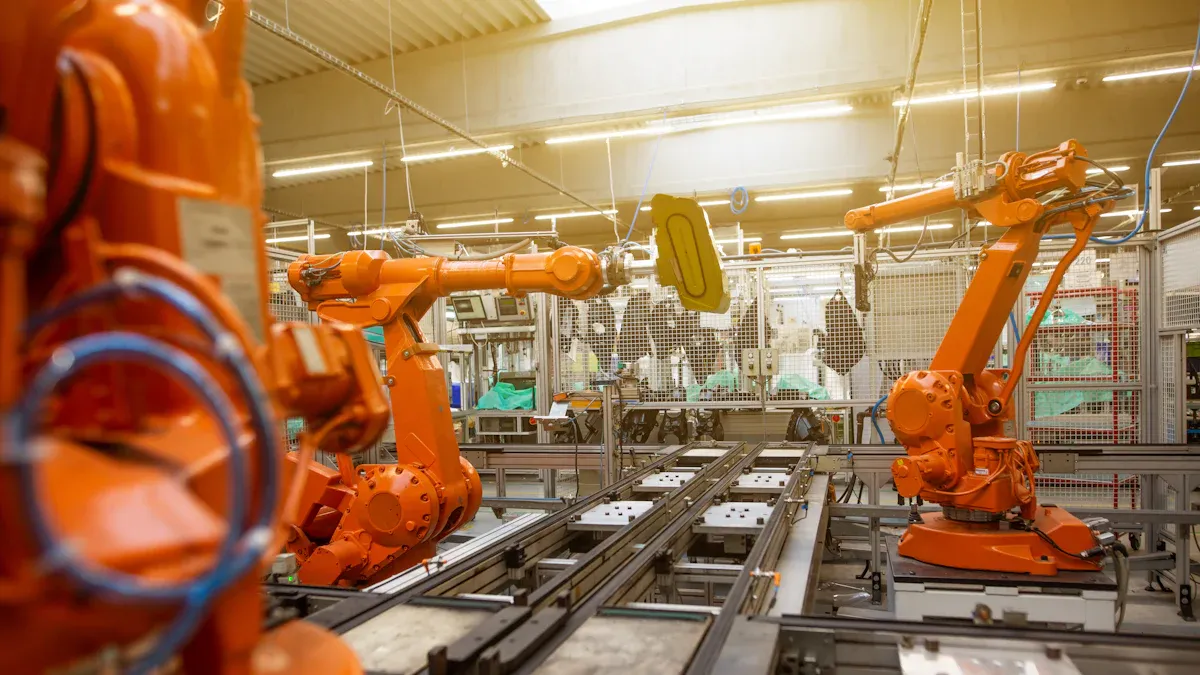
Automotive Industry
Car companies use Lost Foam Casting for engine blocks and other parts. This method helps make parts with tricky shapes. It also makes them very exact. Less time is needed to finish and put together these parts. Many car makers like this process. It makes strong and light parts.
Application | Lost Foam Casting | Sand Casting |
|---|---|---|
Engine Blocks | Very exact, less work after | Easier shapes, more work after |
Cylinder Heads | Hard shapes, smoother finish | Simple shapes, rougher finish |
Suspension Parts | Light and strong | Heavier, not as exact |
Lost Foam Casting can cost more at first. But it saves money later by making less waste and less work to finish.
Construction Industry
Construction companies use Lost Foam Casting for valves and pumps. They also use it for big machine parts. These parts need to last a long time. They must work well in hard jobs. This process makes parts with exact shapes and smooth sides. This helps the parts work better and last longer.
Benefit | Description |
|---|---|
Cost Savings | Less work after means lower costs. |
Precision | Hard shapes and exact sizes are easy to make. |
Material Versatility | Many metals can be used for many jobs. |
Strong parts from this process help machines last longer.
Smooth sides mean less fixing and less care needed.
Aerospace Industry
Aerospace companies need parts that are light and detailed. Lost Foam Casting is good for this. It gives very exact parts and checks quality closely. This process works best for small or medium batches. It is important when parts must be very exact.
Aspect | Details |
|---|---|
Initial Setup Costs | Higher because of making patterns and molds. |
Cost-Effectiveness | Best for tricky parts in small amounts. |
Dimensional Accuracy | Very exact, so less extra work is needed. |
Material Waste | Less waste means saving money over time. |
Aerospace parts must be made just right. Lost Foam Casting helps companies do this and keep costs under control.
Lost Foam Casting Cost Breakdown
Foam and Coating Materials
Foam patterns play a big role in the cost of Lost Foam Casting. KEMING uses high-quality foam to make sure each pattern is strong and accurate. The foam must match the shape of the final part. Special coatings cover the foam. These coatings protect the pattern and help the metal flow smoothly. Aluminum, cast iron, and ductile iron are common metals used in this process. Each metal has its own price and benefits. Aluminum is light and resists rust. Cast iron is tough and lasts a long time. Ductile iron is strong and flexible. The choice of material affects both the cost and the performance of the final product.
Labor and Quality Control
Skilled workers handle each step of the process. They use advanced CNC machines to cut foam patterns with great detail. Workers also apply coatings and check every pattern for mistakes. Quality control is very important at KEMING. The team checks each casting to make sure it meets strict standards. This careful work adds to the cost but helps prevent errors. Good quality control means fewer problems later and better parts for customers.
Equipment Maintenance
Modern machines need regular care to work well. KEMING’s facility uses advanced equipment for Lost Foam Casting. Workers clean and check machines often. They replace worn parts before they break. This keeps the process running smoothly. Regular maintenance costs money, but it helps avoid bigger problems. Well-kept machines make better castings and reduce waste. This focus on equipment care supports high quality and steady production.
Potential Savings and Value
Reduced Machining Needs
Lost foam casting makes parts very exact. The surfaces are smooth. Factories do not need to do much extra work after casting. This saves time and money. KEMING uses special CNC machines for foam patterns. Workers spend less time fixing or polishing parts.
Exact parts need less shaping.
Smooth surfaces mean less finishing work.
Lower labor costs help small businesses earn more.
Less wasted material lowers how much it costs to make things.
Lost foam casting lets companies finish products faster with fewer steps.
Design Flexibility and Accuracy
KEMING’s way can make tricky shapes and thin parts. Engineers can design things that old casting cannot do. This means fewer parts need to be put together. It saves time and money. The table below shows how flexible designs and accuracy help:
Benefit | Description |
|---|---|
Cost savings | Lost foam casting cuts out extra steps. |
Design flexibility | The process makes hard designs easy. |
Reduced machining | Less work after casting saves time and money. |
Designers can add special things like hollow spots or fancy surfaces. These features make products work better and use less material.
Lower Waste Production
Lost foam casting uses just the right amount of metal. Most sand in the process can be used again. This means less waste and helps nature. Companies spend less, sometimes 20-50% less, because they use all their materials.
Up to 98% of sand can be used again.
Less scrap metal means cheaper disposal.
Less waste helps the planet.
Making less waste makes lost foam casting a good choice for companies that want to save money and help the environment.
Comparing Lost Foam Casting to Other Methods
Sand Casting vs. Lost Foam Casting
Sand casting and Lost Foam Casting both make metal parts. But they cost different amounts and are used for different things. Sand casting usually costs less at the start. Many companies pick sand casting for easy shapes and small orders. Lost Foam Casting costs more at first. This is because foam patterns are pricey and take longer to make. Lost Foam Casting is better for hard shapes. It can save money later on.
Sand casting is cheaper for small and medium jobs.
Lost Foam Casting is good for big jobs. It does not need tricky molds.
Lost Foam Casting makes detailed parts with fewer mistakes.
KEMING uses Lost Foam Casting for car engines and machine parts. These parts must be exact and have smooth sides.
Investment Casting Comparison
Investment casting and Lost Foam Casting both make very exact parts. Investment casting costs more for tools. It is best for making lots of parts. Lost Foam Casting can be cheaper for small batches. The table below shows the main differences:
Casting Method | Tooling Costs | Cost Efficiency for Production Volumes |
|---|---|---|
Investment Casting | Higher tooling costs | Better for larger production volumes |
Lost Foam Casting | Can add to overall expense | Cost-effective for smaller runs |
KEMING uses Lost Foam Casting for airplane parts. These parts need to be very exact and smooth.
When Lost Foam Casting Makes Sense
Lost Foam Casting is best in some cases. It is great for parts with hard shapes. It helps companies spend less and get better parts.
Scenario | Advantage of Lost Foam Casting |
|---|---|
Complex Shapes | Makes tricky shapes without mistakes |
Cost Reduction | Saves money with long-lasting molds and less work |
Efficiency | Easy steps help make lots of parts fast |
Quality | Fewer mistakes and smoother sides |
Molds last longer, so companies buy fewer new ones.
Simple steps and machines mean less work for people.
Sand can be used again because it has no glue.
KEMING has learned Lost Foam Casting works best for cars, planes, and big machines. These need strong, exact, and tricky parts.
Is Lost Foam Casting Worth the Cost?
Project and Industry Considerations
Lost foam casting has many benefits for some projects. Companies pick this method when they need parts that are very exact. It also makes parts with smooth surfaces. Car and airplane makers use lost foam casting for tricky shapes. These industries need parts that fit well and work under pressure.
Lost foam casting helps lower labor costs.
It means less work is needed after casting.
The process makes less waste, so it is good for big jobs.
Exact parts and smooth sides meet tough rules.
This method makes hard shapes needed for special projects.
Lost foam casting costs more at first. But it can save money later. Companies spend less because they do not need extra work. Tooling costs go down since expensive molds are not needed.
Lost foam casting is best for jobs needing detailed metal parts, high accuracy, and little waste. Car, airplane, and machine companies often think it is worth the price.
Tips for Cost-Effective Choices
Manufacturers can do things to make lost foam casting cheaper. The process uses polystyrene patterns instead of sand molds. This change lets designers make more shapes and lowers mistakes. Ceramic molds also help stop defects and make better parts faster.
Lost foam casting does not need old-style molds, so material costs drop.
Less waste means less extra material and faster work.
The process makes hard shapes in one step, so jobs finish quicker.
Manufacturers can use these ideas to save money:
Use polystyrene to keep costs close to sand casting.
Use design freedom to stop shrinkage problems and fewer repairs.
Pick fired ceramic molds to lower defects and make work smoother.
Working with experts like KEMING can help even more. KEMING teaches teams about lost foam casting. Their experts show how to use the right tools and ways to work. Training from pros helps workers learn and avoid mistakes. Picking a good consultant means better advice and steady progress.
Companies working with KEMING get expert help, new technology, and strong quality. These things help save money and give good results for every job.
Strategy | Benefit |
|---|---|
Use polystyrene patterns | Lower material costs |
Design for fewer defects | Less need for repairs |
Choose ceramic molds | Higher product integrity |
Consult with experts like KEMING | Improved efficiency and cost savings |
Lost foam casting may cost more at first, but smart choices and expert help can make it a good investment for many companies.
Lost foam casting usually costs more than other ways. Still, many companies pick it because it has special benefits:
It is simple and has fewer steps.
It makes parts that are the right size.
It helps keep parts clean with less extra metal.
Paying more at first can be worth it later. This is true for car and airplane makers.
Industry | Upfront Costs | Long-term Value | Benefits |
|---|---|---|---|
Automotive | High | High | Less waste, better work speed |
Aerospace | High | Very High | Makes tricky, light parts |
Industrial Machinery | High | Moderate | Strong and saves money |
Choosing a company like KEMING means you look at their skills, tools, how they check quality, and what materials they use.
FAQ
What is lost foam casting?
Lost foam casting uses foam patterns to make metal parts. Workers cover the foam with a special coating. Molten metal replaces the foam and forms the final part.
This method helps create detailed shapes with smooth surfaces.
Why does lost foam casting cost more than sand casting?
Lost foam casting needs special foam patterns and coatings. Advanced machines and skilled workers add to the cost. Sand casting uses simpler molds and fewer steps.
Casting Method | Main Cost Factor |
|---|---|
Lost Foam | Foam, coatings, labor |
Sand | Sand, basic molds |
Can lost foam casting reduce waste?
Yes, lost foam casting uses almost all the metal and sand. Most sand can be reused. Companies throw away less scrap, which saves money and helps the environment.
Less scrap metal
Reusable sand
What industries use lost foam casting?
Automotive, aerospace, and construction industries use lost foam casting. They need strong, exact, and complex parts. KEMING supplies castings for these fields.
Lost foam casting works well for engine blocks, pumps, and airplane parts.

